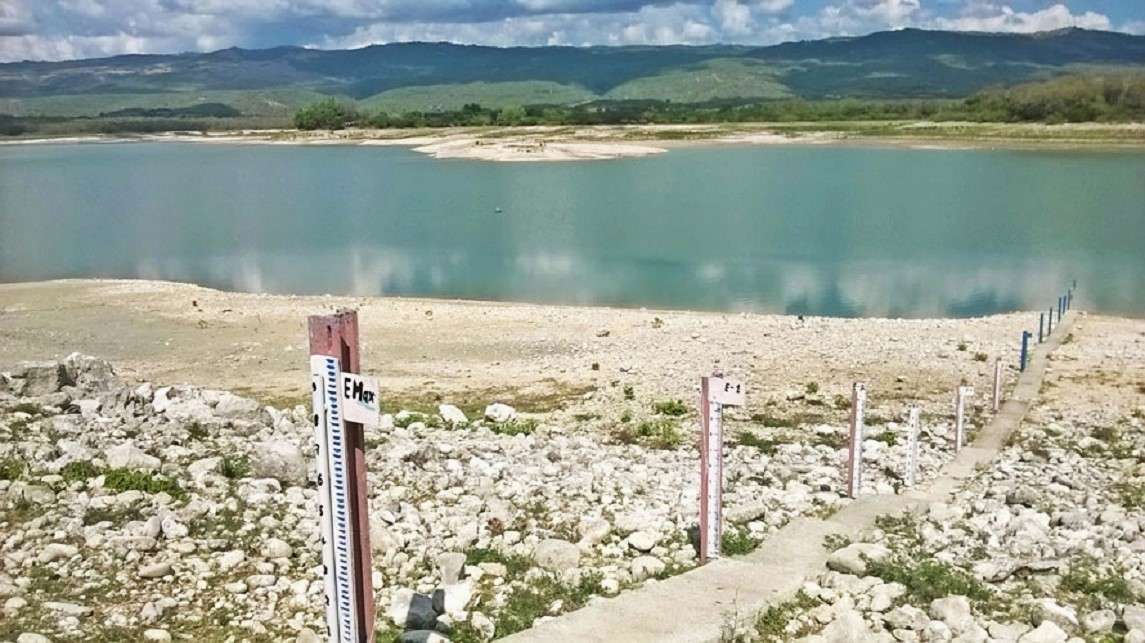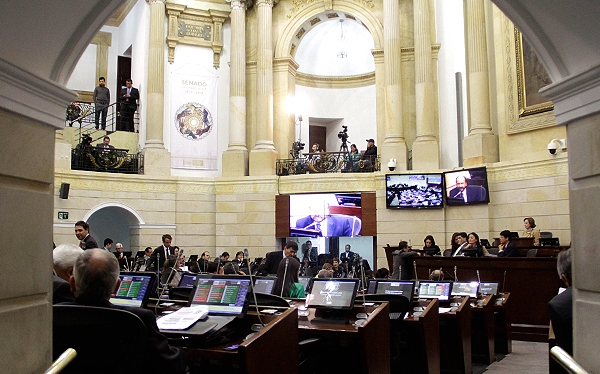Authorities from the National Institute of Hydraulic Resources (INRH) reported that more than 400,000 people in Cuba are affected by the weather droughta phenomenon that occurs when there is a prolonged period without rainy or with below average rainfall.
Antonio Rodríguez Rodríguez, president of the INRH, explained that the largest number of those affected by this situation are concentrated in Guantánamo, with more than 90,000 citizens; and Camagüey, with more than 60,000, according to a note published by the official newspaper Granma.
At the Reunion, with the #Delegates of Hydraulic Resources of all the Provinces, we evaluated the difficult situation, with the broken pumping equipment, the coverage of chemical products, the drought, the strategy to mitigate it and the physical protection #BestIsPossible #INRHCuba pic.twitter.com/TdQc4GkT2a
– Antonio Rodríguez Rodríguez (@AntonioRdguezR) March 7, 2023
The manager also stated that the complex panorama extends to Santiago de Cuba, with more than 50,000 affected; Havana, with more than 47,000, and Holguín, a territory for which no figure is specified.
In a recent meeting between authorities of the sector, reviewed by the media, it turned out that in the first ten days of March no rainfall was reported in 137 municipalities of Cuba.
Inés María Chapman Waugh, Deputy Prime Minister, recalled that this is not the first time that the country has suffered an intense drought.
He also pointed out that the eastern provinces, mainly, have made investments to face this phenomenon, which need to be activated, he says. Granma.
The Climate Center of the Institute of Meteorology told the newspaper that accumulated rainfall should be recorded in March below the historical monthly average in the western and central regions, and within the normal range in eastern Cuba.
Vladimir Guevara Velazco, scientific director of the Institute of Meteorology, pointed out that we are practically in the most extreme period of the phenomenon and, due to climatic prospects, it should extend during the next few months of the dry season.
This segment includes the remainder of March and the month of April, while the climatic start of the precipitations of the rainy season is set after May 15.
As part of the effects generated by climate change on the planet, Cuba has been suffering in recent years cycles of drought that negatively affect the economy and the supply to the residential sector.
Faced with this situation, the island’s government drew up a plan last year with anticipatory measures designed to mitigate the effects of drought. It includes the execution of more than 200 hydraulic works, including investments and maintenance actions, in order to benefit the supply to about 636,000 inhabitants of the 15 provinces of the country.

















